Here is the teaching. I was sorry to miss it, but as Rico mentioned, I jumped at the chance to watch Ryan’s kids so that he could teach this before Passover – don’t feel sorry for me, I had a great time watching the last Night at the Museum movie with five boys (mine and his). (Hey, there was ANE context and first century context in that movie! Totally historical!). By the way – why was I watching the kids? I want to talk to you about that because I want you to be praying for Isaac. Isaac is the wonderful 2 year old nephew of Ryan and Mary White, and he has cancer. Mary traveled to support her family because that’s just the kind of amazing lady that she is. So please, pray for Isaac and his family.****************
Okay, so the next teaching can be seen on our youtube channel here (I will replace this link with the permanent edited link the day after the teaching airs) –
Ryan White will be teaching on the suffering servant aspect of Messiah’s role. Isaiah 53 is perhaps one of the most important text in the Scriptures and has been the subject of much debate between Christianity and Judaism. Christianity holds that it is one of the most clear prophecies in the Hebrew Bible that points to Yeshua as the Messiah while the majority opinion in Judaism is that it is referring to corporate Israel as the suffering servant. In this teaching we will approach the text by looking at a lot of key words in the Hebrew in order to establish a main theme of the text. We will also consider both Christianity’s and Judaism’s position on the identity of the suffering servant and will discover how the text can actually be speaking about both a Messianic figure and about corporate Israel. We will focus on the suffering aspects of the text and will investigate them through the context of honor, shame, and patronage in order to see Isaiah 53 in a whole new light.
He has given a lot of homework, but just do what you can – it’s well worth it as this is a section of scripture that is used by antimissionaries to try and discredit Messiah – but they never teach it in ANE context.
Down at the very bottom of this page are some useful powerpoints related to the teaching that will help.
Ryan’s annotated translation of Isaiah 53
A review of Moshe Weinfeld’s Social Justice in Ancient Israel (this book is the one that shows us why Messiah was crucified, and what that meant symbolically)
An article about honor and shame and the cross
An article on Japanese justice
A Romans 3 exegesis.
And for extra credit (sorry, we can’t promise of heavenly rewards 😉 but we will applaud if you get this far).
I will be absent this Wednesday, but I hope you will be there!
If you can’t open the Japanese word article:
This is an excerpt from the book Recovering the Scandal of the Cross.
A Japanese church leader was having a difficult time with a missionary’s standard explanation on why Yeshua had to die. The missionary had explained that Yeshua died to pay the penalty for our sins required by God, but the Japanese church leader said “to be honest, I don’t find the that explanation satisfactory”.
A tragic accident provided the missionary with his first clues as to why the common penal substitution explanation of atonement, so clear and logical to Western missionaries, had not satisfied this Japanese church leader. A young man from the congregation was driving a company truck and accidentally hit and killed two women walking by the side of the road. The police and court demonstrated more concern for the relationships and the people’s responses than to written codes. They handled the case in a way markedly different from the American legal processes. The young man immediately confessed that the accident was his fault because he was going too fast. The judge put him in custody but released him to attend the funerals of the two women who had been killed. The judge attended the funerals also and carefully observed not only how the young man behaved but how the families responded to him. In the meantime the police carefully investigated and exonerated the young man. They said he could not have been going as fast as he reported, and they discovered that the company truck had a steering defect. The young man was let out of jail to do public service for the rest of the year and then he was fully released and rehabilitated.
Later, the missionary was discussing the concept of justice in Japan with a small group of Japanese colleagues. When he asked them, what is justice? They discussed among themselves and answered, “justice is what the judge says it is.”the missionary observed that in the West the image of justice is a blindfolded goddess impartially weighing someone’s guilt or innocence based on evidence and a set of standard law. In contrast, the Japanese image is of a male judge with his eyes wide open, observing the situation so that he can do whatever will best preserve human relationships… Japanese criminals are imprisoned as a shameful act of exclusion from society. The lengths of the sentences are measured according to the enormity of their social scandal. The idea of criminals serving time and paying their debts to justice are concepts that sound quite strange to the Japanese culture.

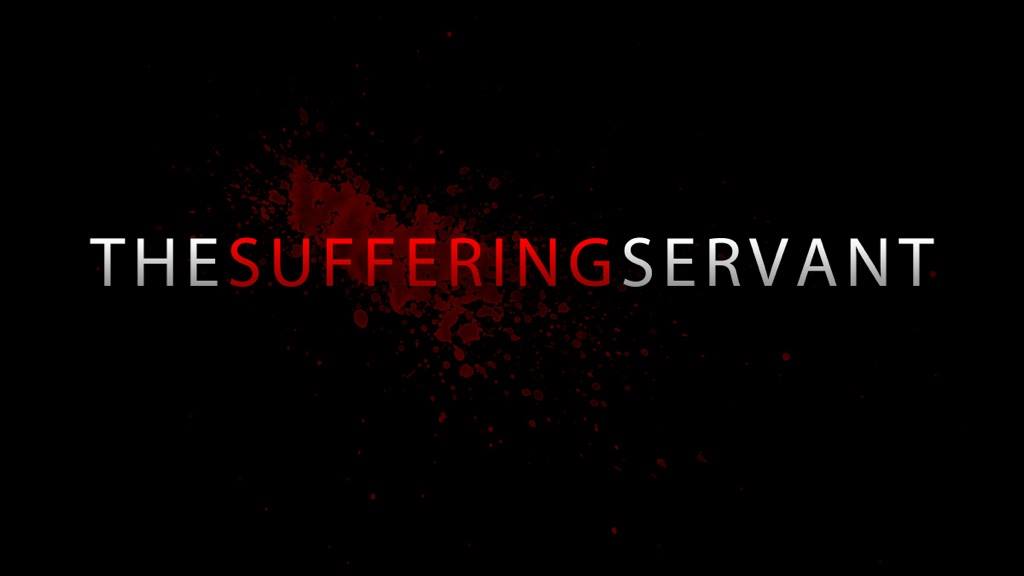
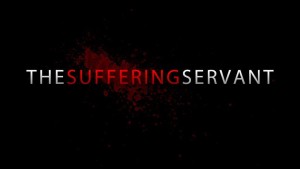


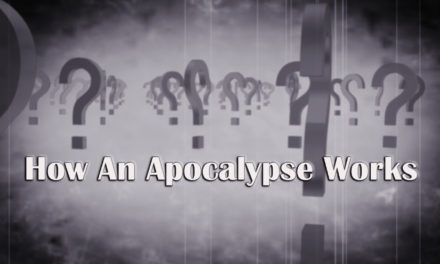
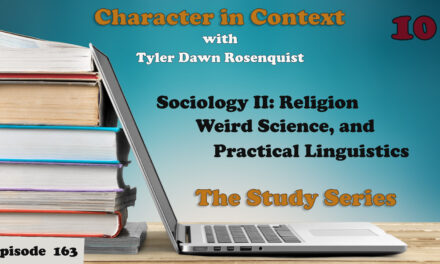
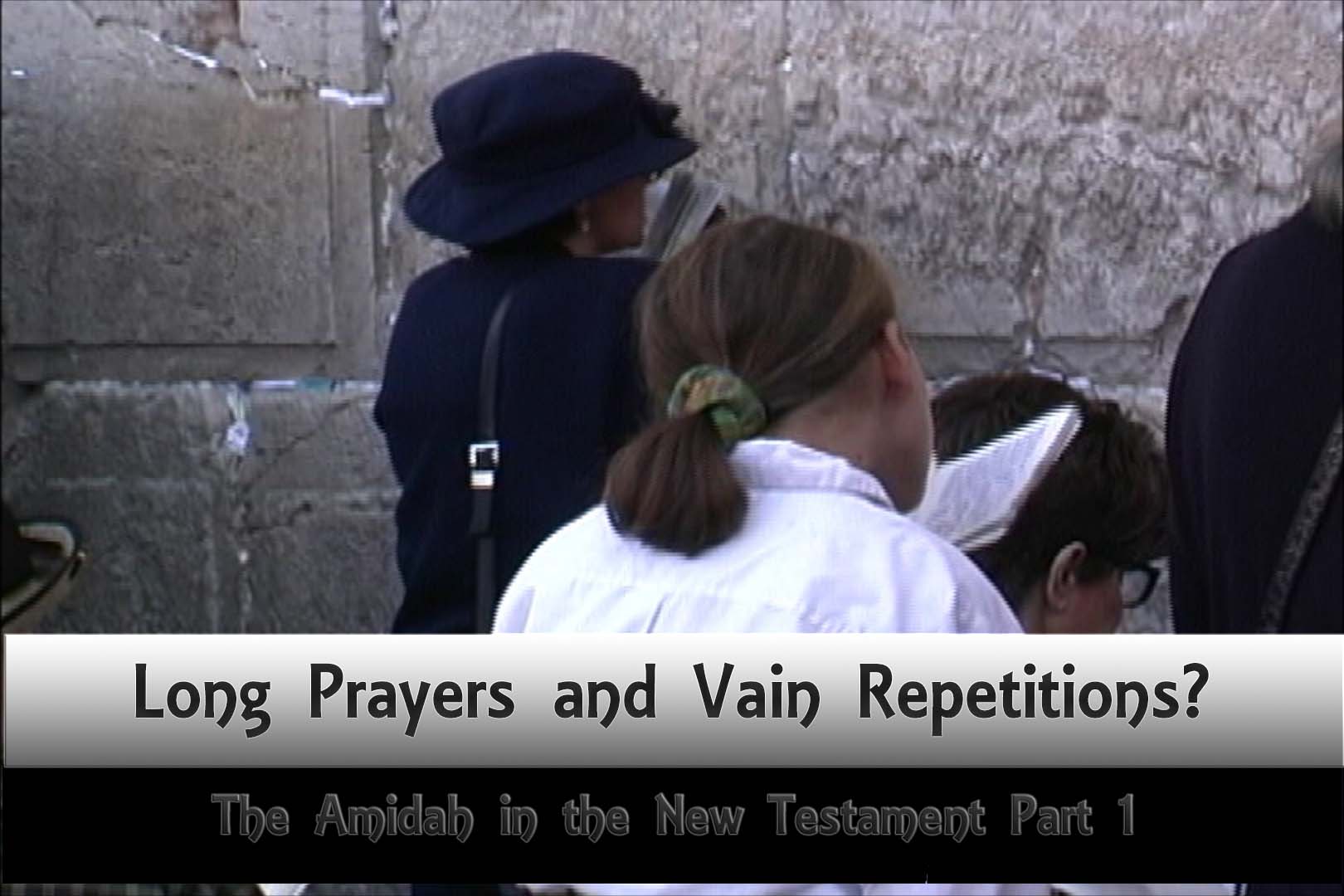
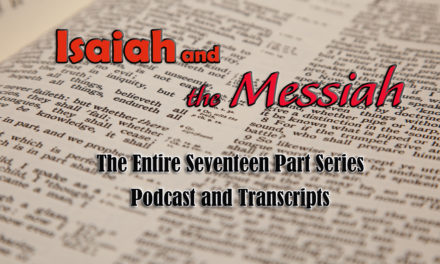
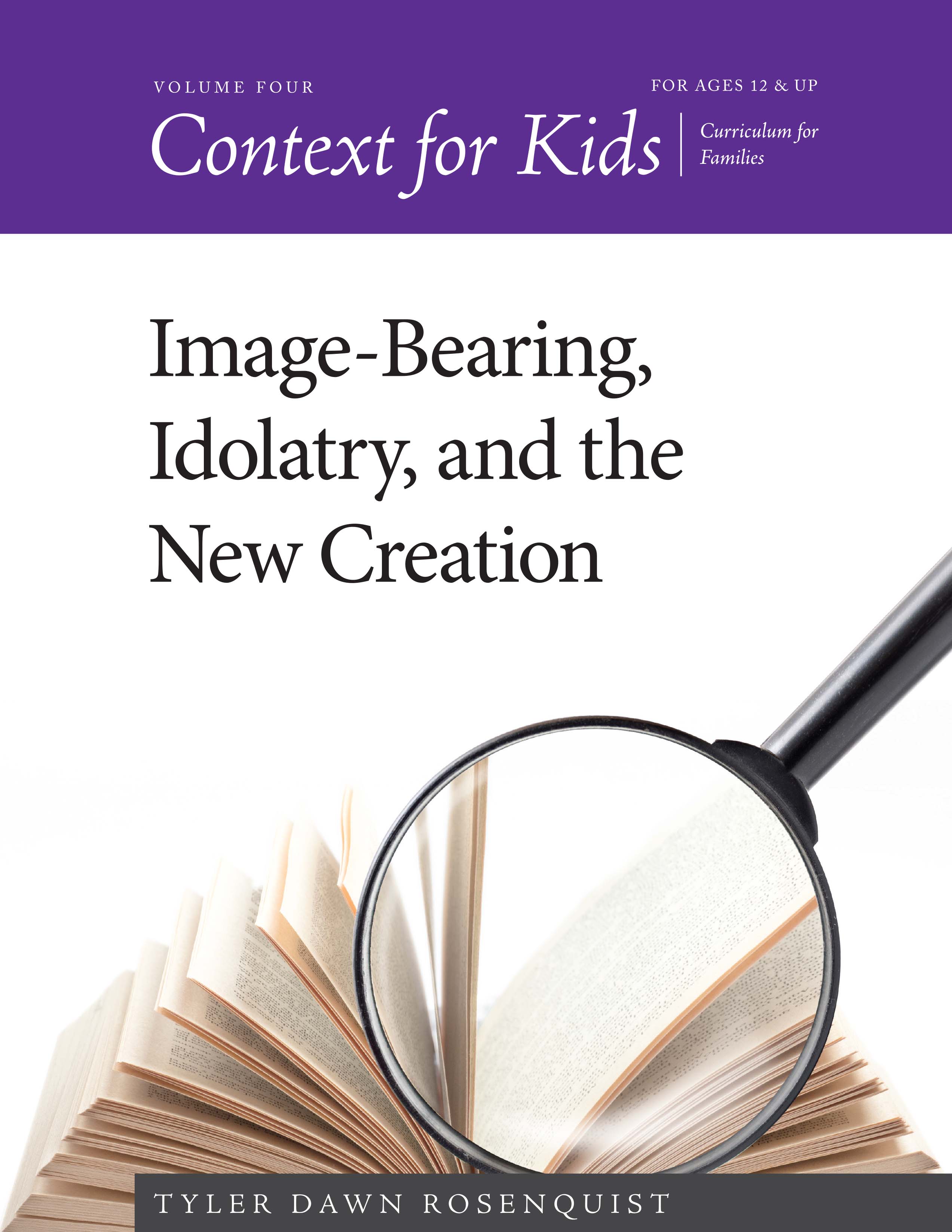
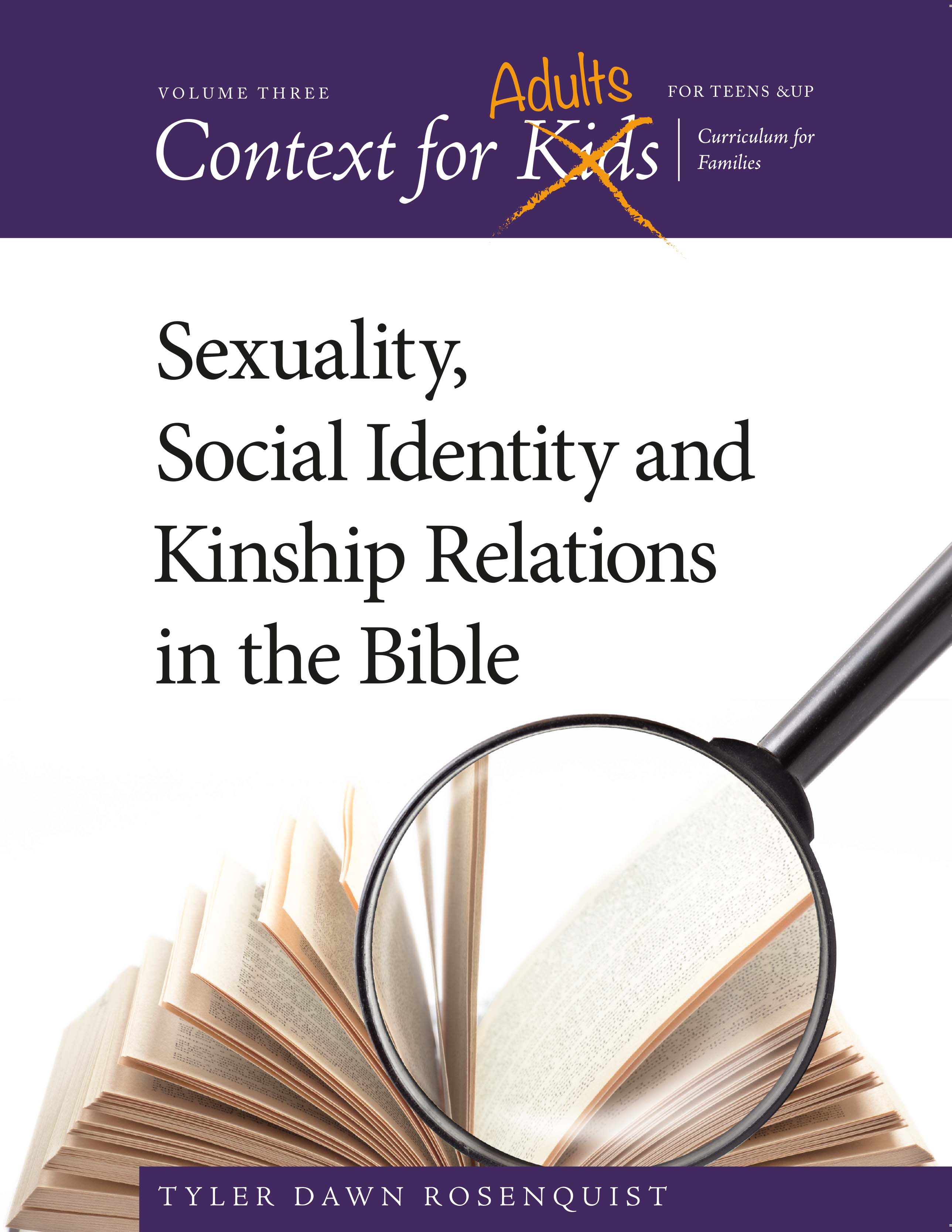
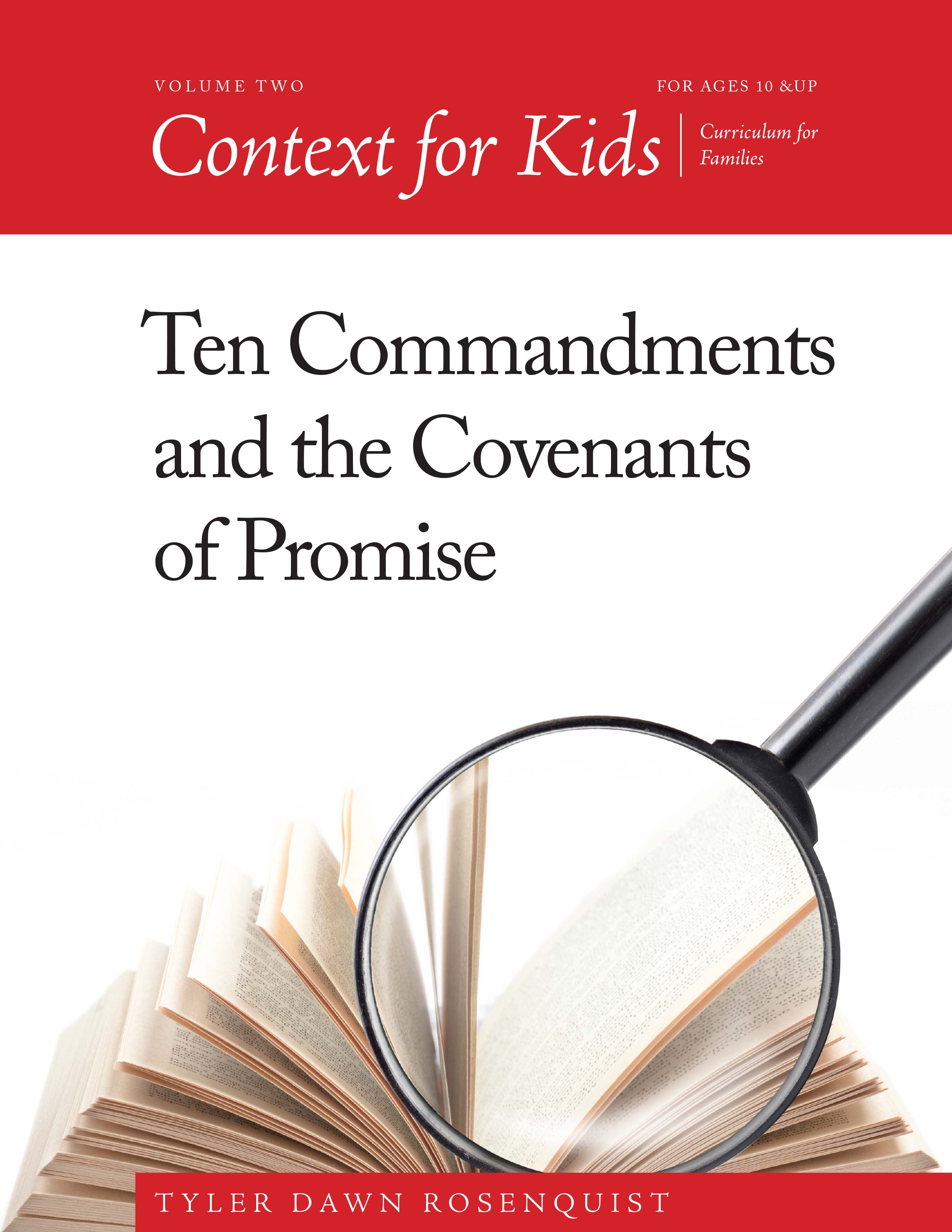
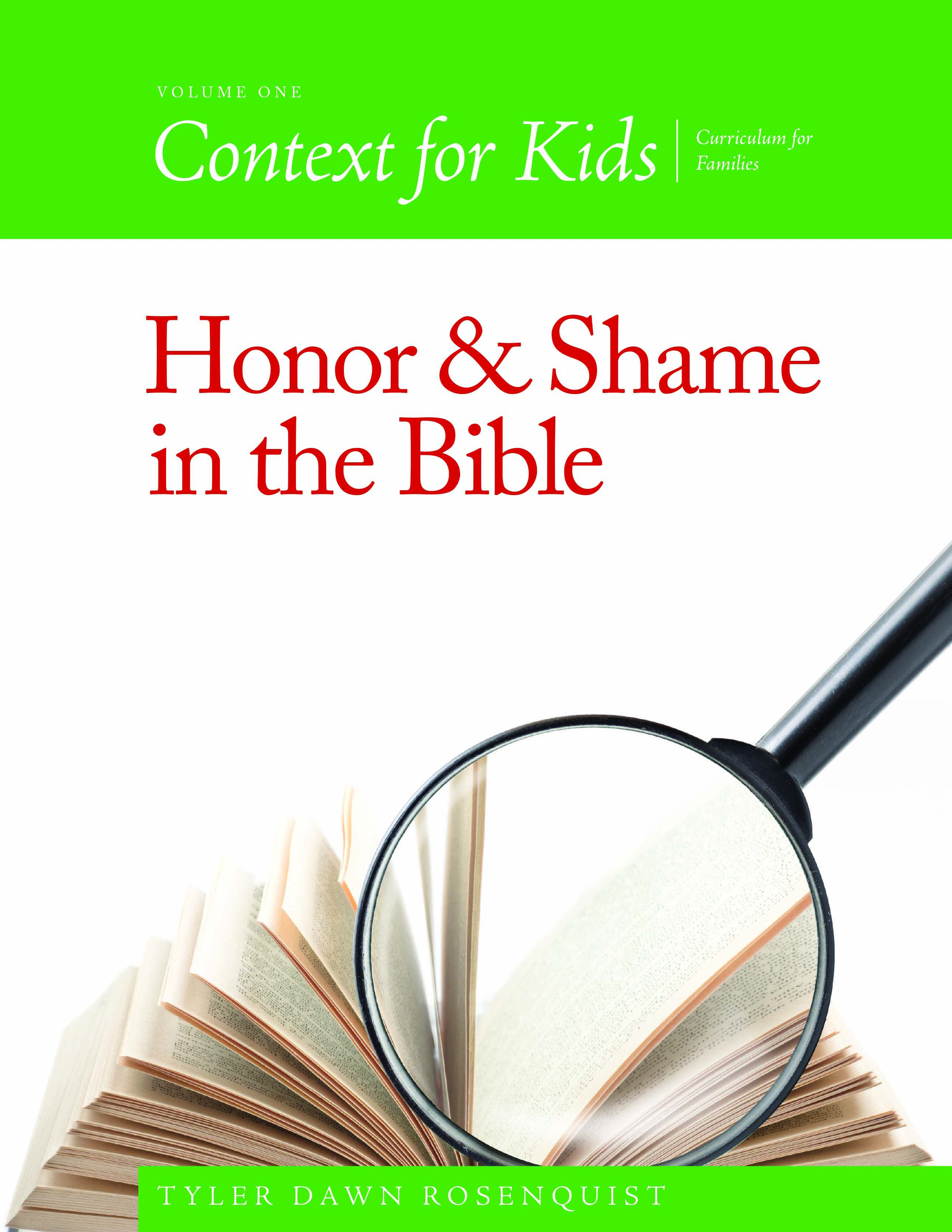
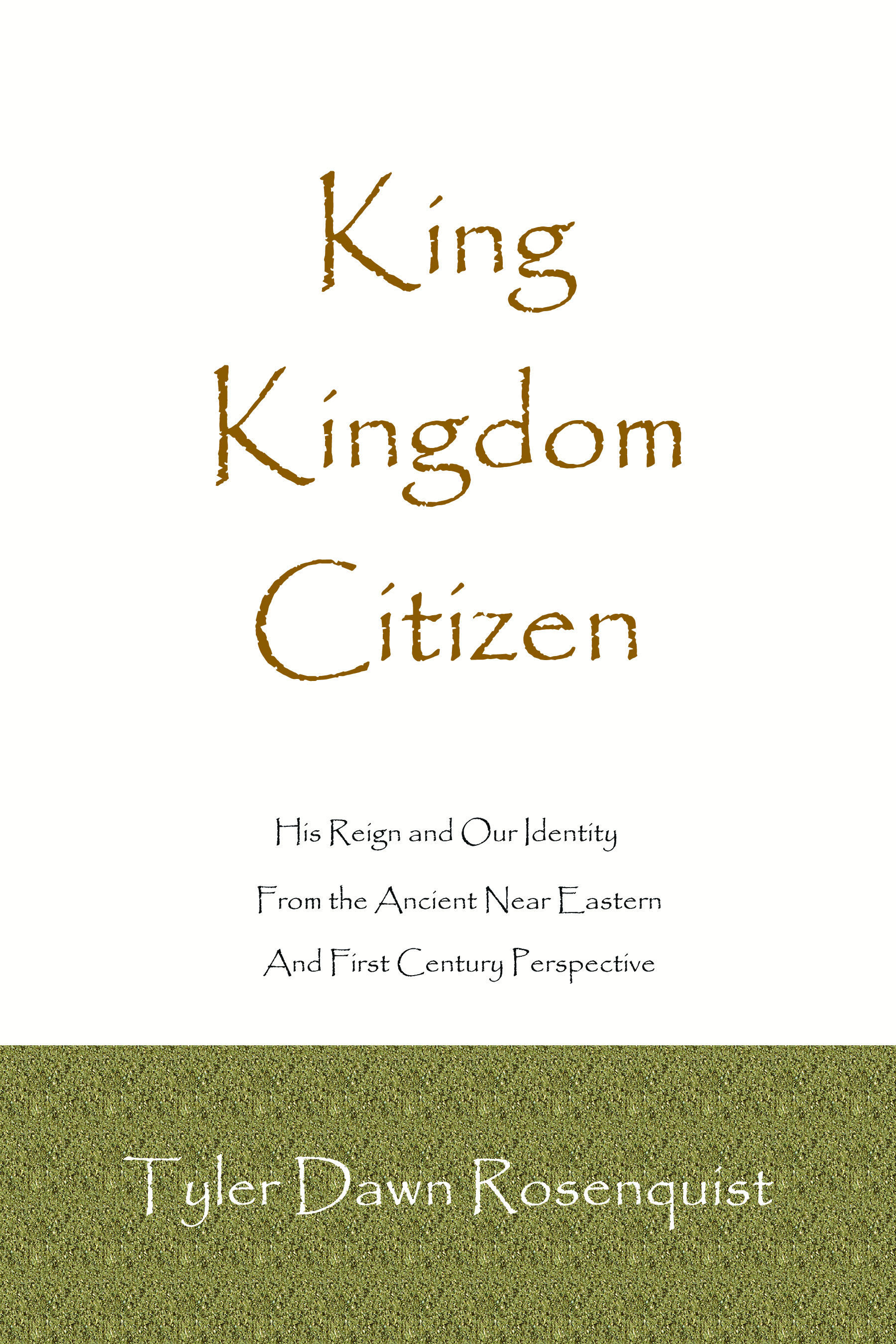
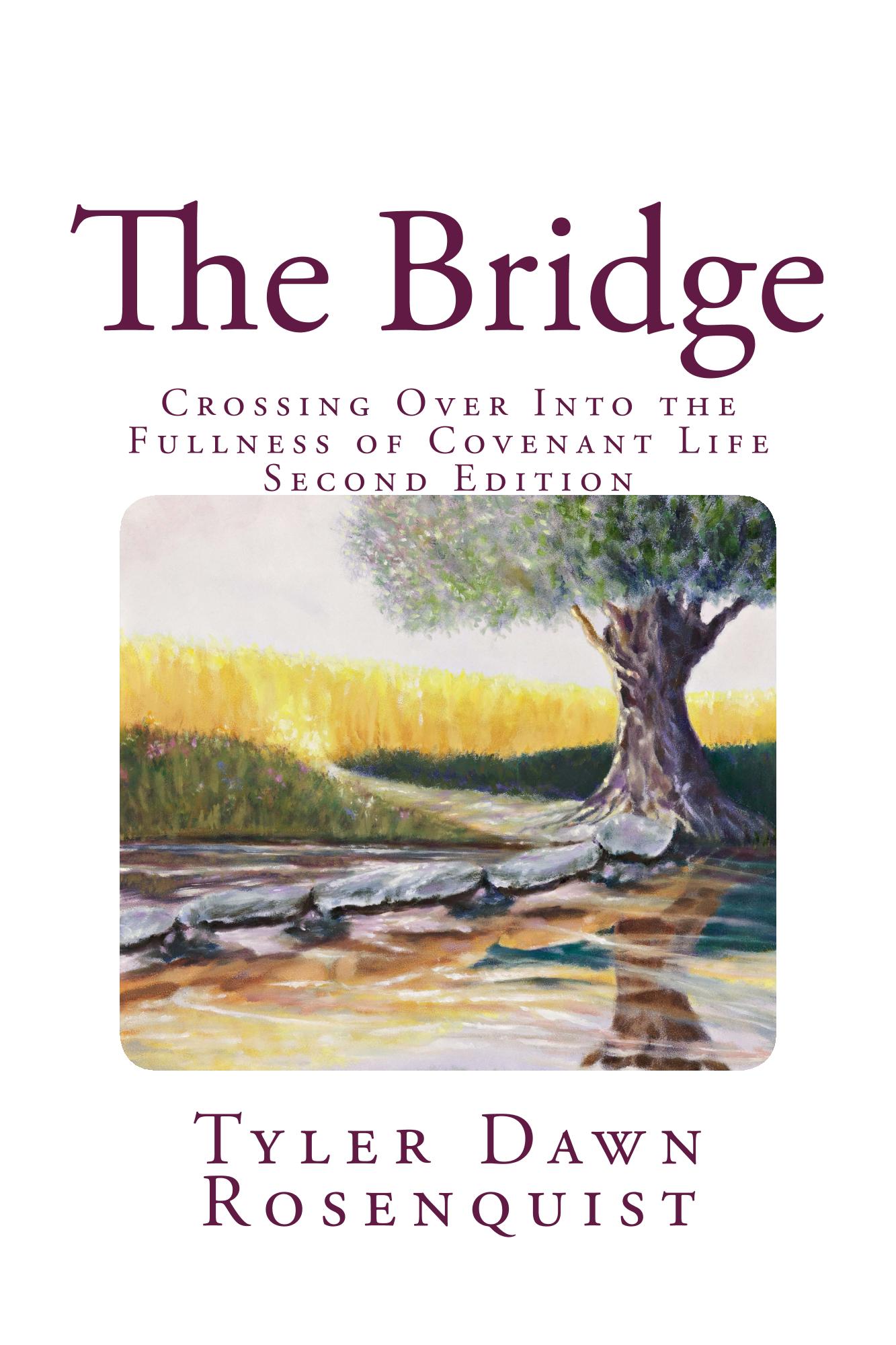


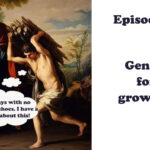


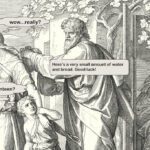
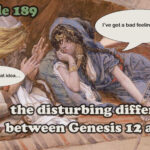

Hi Tyler,
When I try to download the article on Japanese Justice it downloads into Notepad and then is not a full text but only two sentences. Am I doing something wrong?
Thanks
Jen
Hey Jen, I was able to open it in word – but I will just go ahead and add it to the bottom of the blog since it is pretty short
have you done any audio or videos I can listen to?
THIS is going to help me a great deal, I believe. Can’t wait to get into it!
It’s Ryan’s best and I believe the definitive teaching on Is 53